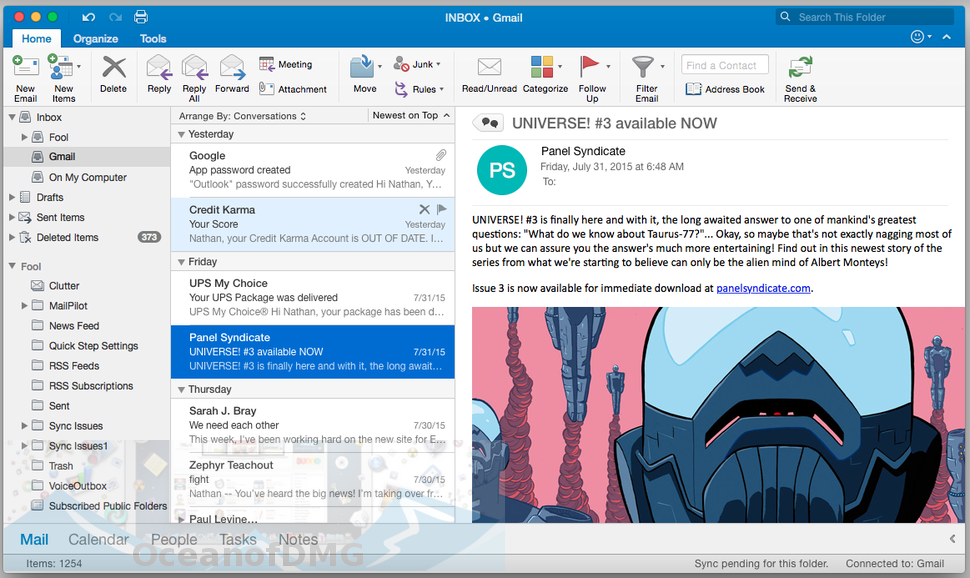


It means most of the Outlook users are using Unicode PST file format. In these days, most of the Outlook users are using the latest versions. Now it’s clear that Unicode PST file provides you more storage space than ANSI PST. And in Outlook 2013 & 2016, the maximum size limitation is 50 GB. In Outlook 2003, 2007 & 2010, the maximum size limitation is 20 GB. On the other hand, a Unicode PST file can store 20 to 50 GB mailbox content.

An ANSI PST file can only store up to 2 GB of mailbox content. Size limitation is the only difference between these two formats. In Outlook 2003 and later versions including the latest 2016, PST files are saved in Unicode format. In Outlook 2002 and earlier versions, PST files are saved in ANSI format. It saves the PST files in two different formats: ANSI and Unicode. Microsoft Outlook client creates Outlook data file, called PST or personal storage table, on a local computer system.
#Outlook version 15 how to
In this post, I’ll show you how to increase Outlook mailbox size so that you can get enough storage space. Dealing with such size limitation issue is very challenging for Outlook users. But sometimes it’s not that enough especially when you’re sending and receiving thousands of email messages each and every day. Or if you’re using Outlook 2003 or any later version including the latest 2016, you get enough storage space, i.e. If you’re using any older version of Outlook client, such as 2002 or earlier, you have a maximum size of 2 GB. You just can’t store more content into a PST file than its maximum size limit. If you’ve been using Outlook client since long, you must know that the PST files have size limitation issue.

In our own testing, we’ve found that this bug no longer presents itself in Outlook 2013.How to Increase Outlook Mailbox Size in Latest Outlook Versions? This page break can have serious effects on an email:īy using conditional styles and making your emails responsive to Outlook, you can mitigate or even avoid the page break problem and other rendering issues entirely. When a document - an email, in this case - hits that length, Outlook inserts a page break to aid with document printing. Outlook 2007, or more specifically the Word engine, has a document length limit of 22 inches, or around 1800 pixels. One of the best reasons to use this conditional CSS is to mitigate various rendering issues in Outlook, including its page break issue. You can leverage this conditional CSS to squash bugs and greatly reduce your email development-related headaches. From Outlook 2007 and on, the rendering engine was changed to Word, making Outlook incredibly problematic for email. Other version numbers allow you to target other clients, meaning you can build stylesheets tailored to each version of Outlook.īecause Outlook 2003 - 2003 was driven by the IE6 rendering engine, those client versions are relatively stable. In the example above, ‘ mso 9’ is Office 2000, which means you’re targeting Outlook 2000. Using Microsoft Office version numbers allows you to target specific Outlook clients. Using ‘ gt’ and ‘ lte’ will target versions greater than, or less than or equal to, respectively. You can also target lesser, or older, versions by using ‘ lt’. In the example above, ‘ gte’ is added to have the comment apply only to versions of Microsoft Office greater than or equal to 9. It’s the same thing you’d use to target Internet Explorer 7 when building a website, except it targets Microsoft Office, or ‘ mso’.


 0 kommentar(er)
0 kommentar(er)
